The Zero Trust security concept is getting ready to celebrate its 10th anniversary next year. First introduced and formalized in 2009 by Forrester analyst John Kingervag, it became quite a paradigm shift for security practitioners worldwide by declaring all users, regardless whether they were internal or external, as untrusted by default. Its introduction was quite timely, as enterprises large and small were dealing with challenges of expanding work-from-home initiatives and consumerization of IT, largely due to Apple’s amazing success with the iPhone as BYOD device that was quickly displacing Blackberry, as well as growing popularity of Macs, which were typically not on the list of corporate-procured compute devices. The growth of remote access solutions was also expanding, with SSL VPN approach dominating and overshadowing inconveniences of the traditional stalwart of the IPSEC variants, and users were trying to “attack” the entrance to the corporate applications from all angles.
However, while traditionally that shiny new Mac or iPhone was gated by a VPN device for occasional external access to internally-hosted applications, the rapidly expanding BYOD wave meant that those employee-owned devices ended up within the company perimeter, on a company Wi-Fi (or even wired access), attenuating the traditional “castle and the moat” defense perimeter that enterprises have built over years. The Zero Trust model called for not only distrusting any user as the insider based on their network location, but also taking into account their identity, endpoint posture, and least privilege concept in granting access to the application.
So, what does it take to implement this model in today’s “cloudy” world? For starters, we often hear about the Zero Trust concept from the Identity and Access Management vendors. However, many vendors that own the user identity don’t own the access path to the applications. Companies like Okta, Microsoft, Duo, Centrify, and Ping focus on providing as much context as possible about the user and their endpoint in order to achieve most relevant scope for authentication and authorization to comply with the Zero Trust access concept. That comprises the first key pillar to achieving compliance with Zero Trust model. A second key pillar of the Zero Trust model envisions a network segmentation gateway. In the words of Kindervag, its “like firewall or UTM on steroids. It does firewall, IPS, DLP, content filtering, and encryption with a 10G interface that separates the switching fabric of each function.”
Kindervag now works for Palo Alto Networks, who, as a leader in the Next-Generation Firewall market, embraced and capitalized on the Zero Trust security model both in its marketing and practical approach of providing customers with both application awareness (app-id) and user awareness (user-id) as part of crafting real-time access policies on the network. While not covering all aspects of Zero Trust Network Segmentation Gateway, Palo Alto products deliver on most of the requirements that Kindervag outlined in his implementation strategy – firewall, IPS, content filtering to some extent, and encryption/decryption capabilities.
There is only one small problem with operationalizing the Zero Trust security model with Next-Generation Firewalls in today’s world – the applications that it aims to protect are no longer in its direct span of control. Additionally, Next-Generation firewalls lack granular application action awareness on Layer 7 and is not able to discern various actions that security administrator may want to govern for their user population. The traditional HTTP/HTTPS traffic that these firewalls inspect does not include the API layer of communications that make cloud services so dynamic and complex. Without this additional contextual information and visibility, security administrators are unable to place controls over these API communications.
Google was one of the first large enterprises that ditched the traditional perimeter of the datacenters and moved their entire application workloads to the cloud by implementing what they called the BeyondCorp concept. BeyondCorp is a Zero Trust security framework modeled by Google that shifts access controls from the perimeter to individual devices and users. The end result allows employees to work securely from any location without the need for a traditional VPN.
Microsoft has also recently taken a full charge into supporting the Zero Trust concept, outlining a comprehensive approach to building Zero Trust environments using Microsoft technologies. Both Microsoft and Google’s approaches cater to the use cases where companies are either migrating their existing on-premises workloads to the cloud (the lift and shift approach), or are deploying new cloud-native applications that are custom-built. That is not, however, how the majority of enterprises are transforming their application usage today. With the rapid growth of Shadow IT, various business units and even individual end-users consume a large variety of SaaS applications and cloud services. As a matter of fact, the latest Netskope Cloud Report shows that there is an average of 1,246 cloud services in use per enterprise – and that number does not include any of the custom-developed apps or services hosted by the enterprise in the IaaS clouds.
While Palo Alto pioneered the App-Id technology, its Applipedia database contains only 2,707 applications as of the moment of this writing. That is just under 10% of what Netskope Cloud Confidence Index database has in its rapidly-growing list of cloud applications.
A core tenet of the Zero Trust security model is to log and inspect all traffic that goes between users and the applications they access. And with applications rapidly moving outside of the corporate datacenter perimeter and users being mobile and accessing these applications from any device no matter where they are, it becomes very apparent that a true Zero Trust security model compliance cannot be achieved today without providing a way to inspect the traffic between users and SaaS and IaaS-based application workloads they access.
That is exactly where a CASB such as Netskope comes up to fill the gap in the cloud-focused application world. With the unprecedented variety of traffic steering mechanism, ranging from on-premises clientless steering appliances and integrations with existing traffic management and security devices, to endpoint lightweight client and mobile VPN profiles, and finally the reverse proxy for unmanaged device access, Netskope offers the most comprehensive modern-day alternative to the original Network Segmentation Gateway concept that is so pivotal to the effectiveness and the success of the Zero Trust model. It provides full inline visibility into both sanctioned and unsanctioned cloud applications and services that are used in the enterprise, as well as any custom applications deployed by customers in the cloud, and it allows enterprises to fully implement the Zero Trust security model by bringing in comprehensive monitoring, access control, and data protection for their SaaS and IaaS applications.




 Back
Back 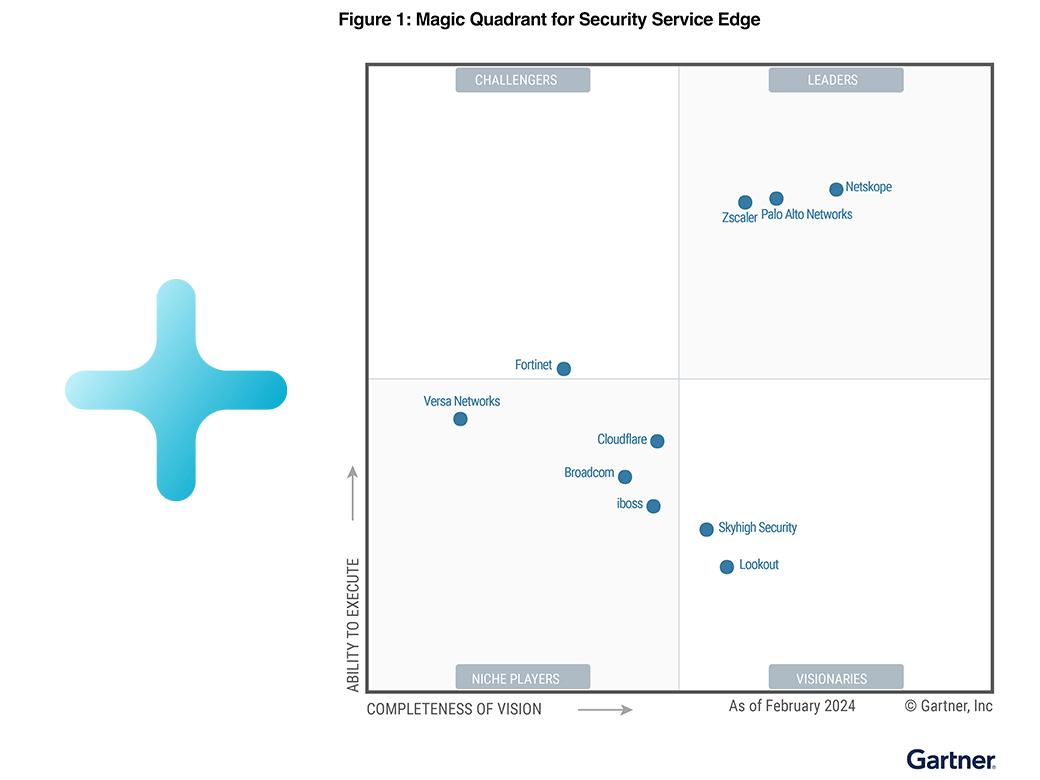








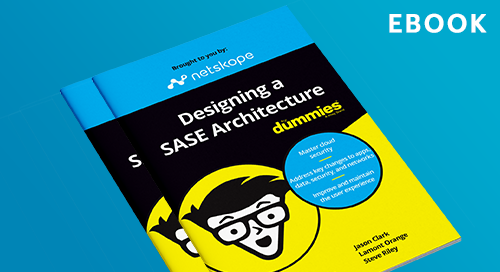




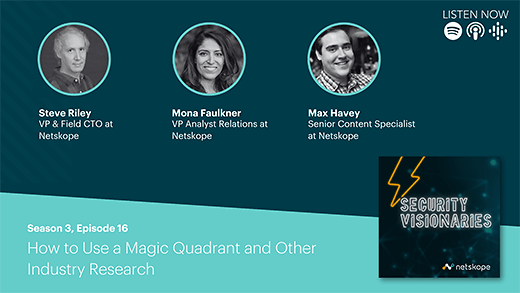

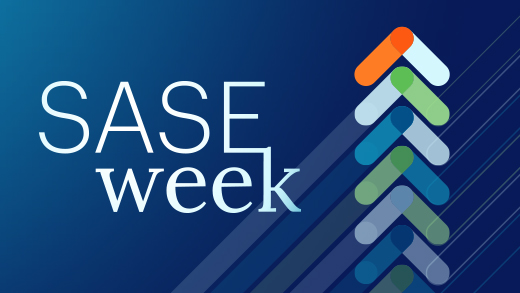

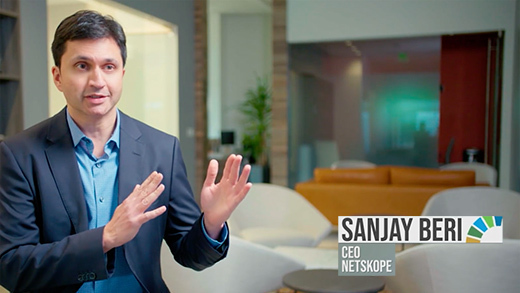





 Read the blog
Read the blog